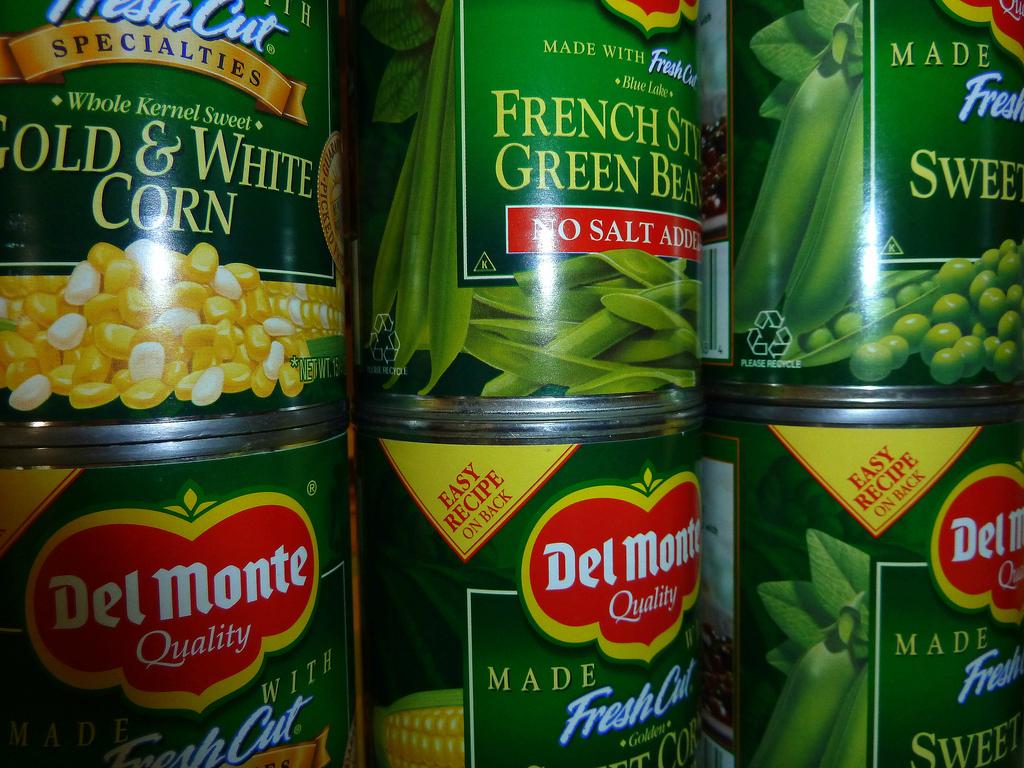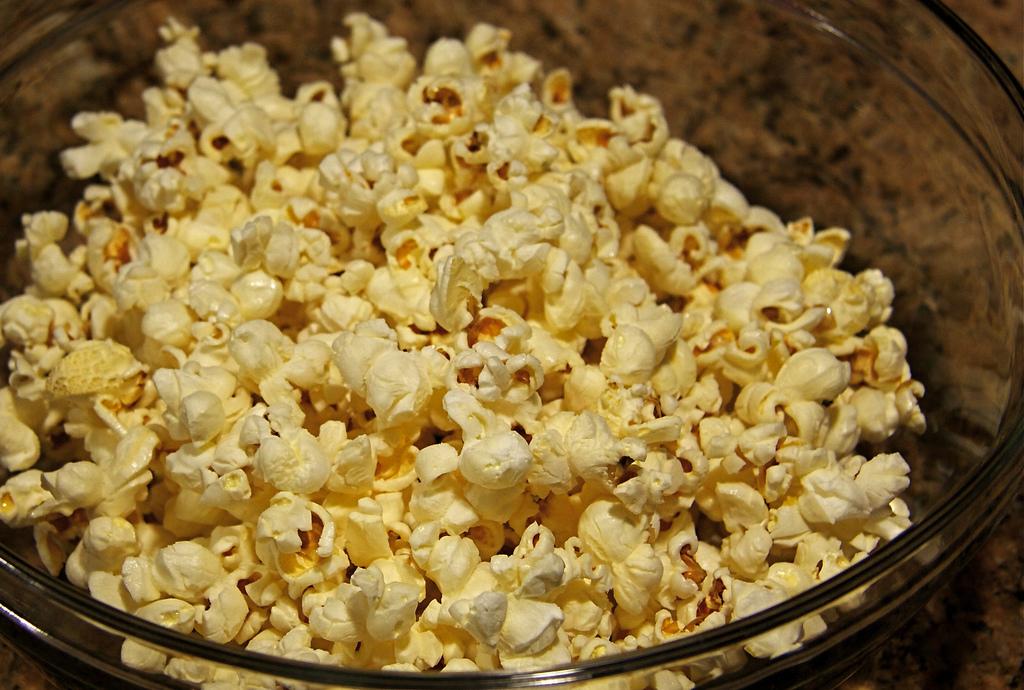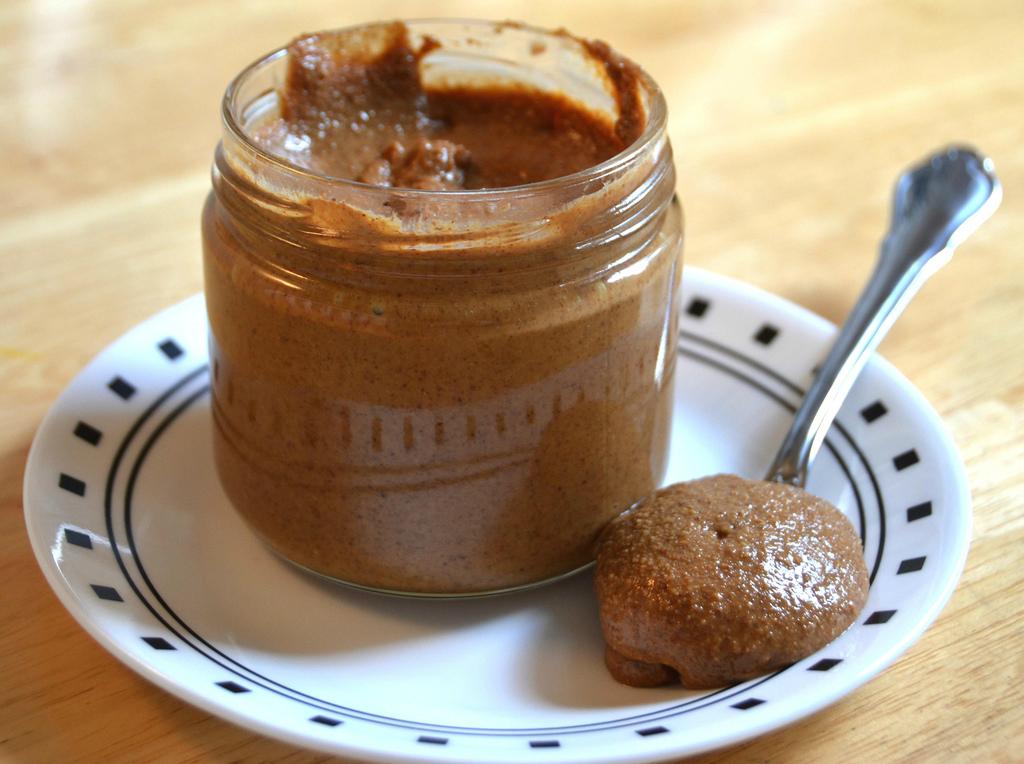8 Toxic Ingredients You’ll Find In The Food You Eat Every Day

Unsplash
It’s one thing to avoid fast food and boxed mac and cheese, but processed foods go way beyond the obvious items at the grocery store. Processed foods are convenient, often cheaper and give us the option to eat certain foods that would otherwise spoil quickly. Hidden deliberately in small fonts on the back of packages are sneaky ingredients that are linked to our nation’s obesity epidemic, the rise of Type 2 Diabetes, high blood pressure, cancers and many other chronic illnesses. Unfortunately, things in our everyday lives contain hidden amounts of sodium, fats and sugars that should be avoided. Sorry to burst your bubble, but you might want to reconsider instant ramen and microwave popcorn. And just because you shop at Whole Foods doesn’t mean you’re in the clear. Here are 10 ingredients you should try and avoid in the foods you eat every day.

Flickr/F Delventhal/CC BY
1. Artificial And Natural Flavoring
Neither of these ingredients are considered good. You might think the word “natural” is better than “artificial,” but that’s not the case. Artificial flavors have been fully created by humans and natural flavors, while they come from natural sources, are unregulated for the most part and the original ingredient is purified, extracted and then added back into your food. They both essentially serve the same purpose, which is to enhance the taste of your food that was stripped during processing. These ingredients typically occur in boxed, canned or bagged foods and often these items need to go through a bunch of steps before they can even be considered edible. While the amount of these natural and artificial flavorings might be too small to be linked to significant health problems, it’s definitely risky for anyone with allergies or dietary restrictions.
2. Sodium Nitrite and Sodium Nitrate
These two types of preservatives have different properties in your body, but similar chemical formulas. Sodium nitrite is a solid white salt that decomposes at a high temperature. It’s a strong oxidizing agent and, as a preservative, it oxidizes molecules of life in the bacteria which prevents the bacteria from colonizing your food. Sodium nitrate is also a white powder, but tends to be more stable in hot temperatures than sodium nitrite. At the end of the day, they both are equivalent preservatives. Sodium nitrite is somehow FDA-approved and is commonly used to cure meats. Aside from its use with food, sodium nitrate is one of the main ingredients found in gunpowder and explosives, so there’s that! These additives can lead to an increased risk of developing cancer, so shop wisely.
3. Aspartame
Artificial sweeteners are tempting since they’re sweet while having zero calories. Aspartame is one of those artificial sweeteners that processed foods are often laced with. The unfortunate news for people hoping to lose weight from fake sweeteners is that despite its appeal, ingredients like aspartame may promote obesity by blocking gut enzyme activity. A study on this subject reveals “aspartame blocks a gut enzyme called intestinal alkaline phosphatase (IAP) that we previously showed can prevent obesity, diabetes and metabolic syndrome; so we think that aspartame might not work because, even as it is substituting for sugar, it blocks the beneficial aspects of IAP.” According to a San Antonio heart study, “drinkers of artificially sweetened beverages consistently had higher BMIs (body mass index) than non-drinkers.” Aspartame has also been linked with higher blood sugar levels. The most common foods containing this artificial sweetener include diet sodas, candy, granola bars, condiments and certain meal replacement supplements.

Flickr/veggiefrog/CC BY
4. Partially Hydrogenated Vegetable Oil
Whether it’s fully or partially hydrogenated, this chemical process involves adding hydrogen to liquid oils in order to turn them into a solid form. When something is partially hydrogenated, it usually has trans fats, which are the most harmful kind of fats that you can consume. Trans fats are poison, just like arsenic, and these harmful fats have been seen as a major cause of cardiovascular disease, which can lead to strokes and heart attacks. Partially hydrogenated oil has a longer shelf life and it’s often used to cook fried foods since it doesn’t have to be changed as often. If you want to avoid these trans fats, check the labels on baked goods for “shortening” and other snacks like tortilla chips, microwave popcorn and potato chips. Coffee creamers and certain dough products like biscuits and cinnamon rolls often contain trans fat. If you can, try to avoid cholesterol problems by eliminating some of these foods from your diet.
5. High Fructose Corn Syrup
Probably the most mainstream ingredient in processed foods, high fructose corn syrup (HFCS) is manufactured from genetically modified corn. It’s pretty hard to escape it and there’s a good chance you’ve consumed it at some point in your life, whether you know it or not. Since farmers these days are paid to overproduce, HFCS and other corn-based food products dominate the shelves at most grocery stores, with the exception of health food stores. Despite chronic and deadly health issues — obesity, cancer, fatty liver, leaky gut, heart disease and diabetes — companies like Kraft have still tried to label their products as “natural” when HFCS is a core component. While companies will try to convince you it’s equivalent to regular regular white sugar, that’s just not true. HFCS contains dangerous levels of fructose.
6. Monosodium Glutamate
This non-essential amino acid, Monosodium Glutamate or MSG, is a flavor enhancer and a popular food additive. People often associate MSG with Chinese food, but the truth it, it sneaks into more foods than you can even count. It’s present in processed meats, bouillon cubes, salad dressings, barbecue sauces, flavored ramen noodles and canned soups and vegetables. Food companies tend to use MSG because it tricks your body into thinking your food is high in protein, and in turn nutritious when it’s not. MSG gives off the umami impression and fools your brain by triggering excess quantities of dopamine. Believe it or not, the flavor enhancer is physically addictive. You might enjoy the taste in the moment, but MSG wreaks havoc on your body. It’s been linked to headaches and nausea for starters. It’s also attributed to weight gain, liver and kidney and brain damage and increased blood pressure.
7. Refined Grains
Eating white bread, white rice and white pasta over whole grains can increase your risk of a heart attack significantly. Refined grains can either be processed carbs or simple carbs like high fructose corn syrup and grains that have been depleted of nutrients, vitamins and minerals. These are considered the so-called “empty calories” and have a high glycemic index which can lead to a rapid spike in your blood sugar and insulin levels. Refined grains are also lacking almost all of their natural fiber, they’re high in gluten, nutritionally imbalanced and can contain up to 25 different chemical additives. This nutritional imbalance can also contribute to degenerative diseases and might lead to brittle bones when you’re older.

flickr/trpnblies7/CC BY
8. Palm Oil
Not only is palm oil an important ingredient to avoid in the grocery store, but its production has horrible impacts on the environment. The edible vegetable oil comes from the palm fruit, but its global production, which doesn’t involve sustainable measures, has been linked to major issues like deforestation, climate change, animal cruelty and the abuse of indigenous rights in the countries where it’s produced. It’s often added to peanut butter and other nut butters as a stabilizer, but it can also be found in cereals, baked goods, protein bars and coffee creamers. Because palm oil is high in saturated fats, it can lead to weight gain, heart problems and other chronic diseases, plus it’s difficult to digest since it has been stripped of all its nutrients throughout processing.











